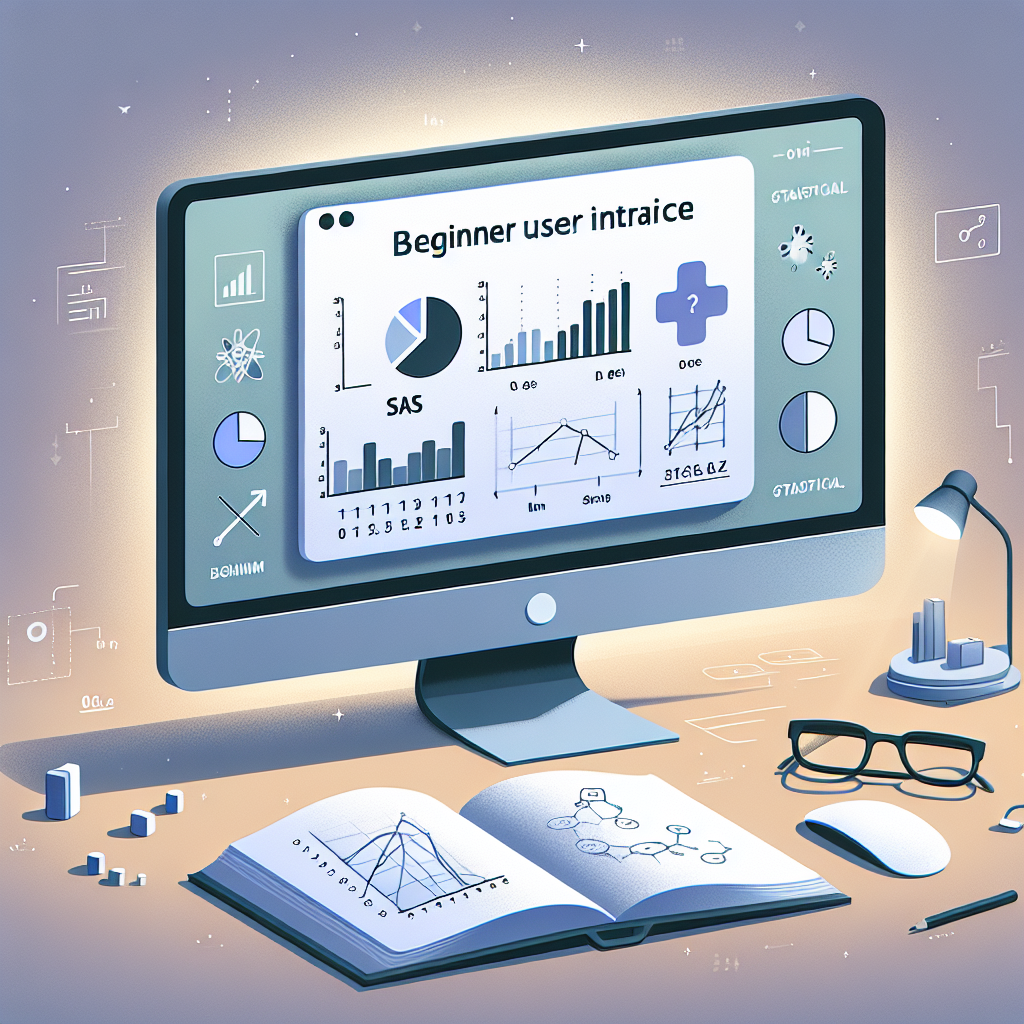Getting Started with SAS: A Beginner’s Guide to Statistical Analysis
If you’re new to the world of statistical analysis and looking to get started with SAS, you’ve come to the right place. SAS is a powerful software platform used for data management, advanced analytics, and business intelligence. It’s widely used in industries such as healthcare, finance, and marketing for its ability to handle large datasets and perform complex statistical analyses.
Getting started with SAS may seem intimidating at first, but with the right resources and a little practice, you’ll be on your way to mastering this powerful tool. In this beginner’s guide, we’ll walk you through the basics of SAS and help you get started with statistical analysis.
First things first, you’ll need to download and install SAS on your computer. SAS offers a free version called SAS University Edition, which is perfect for beginners looking to get their feet wet with the software. Simply visit the SAS website, create an account, and follow the instructions to download and install SAS University Edition on your computer.
Once you have SAS up and running, it’s time to familiarize yourself with the interface. SAS has a user-friendly interface that allows you to write and execute code, import and export data, and view your results in a variety of formats. Take some time to explore the different menus and options in SAS to get a feel for how the software works.
Next, you’ll want to learn the basics of SAS programming. SAS uses a programming language called SAS programming language, which is used to perform data manipulation, statistical analysis, and reporting. The SAS programming language is relatively easy to learn, with simple syntax and a wide range of functions and procedures to help you analyze your data.
One of the most common tasks in statistical analysis is data manipulation and cleaning. SAS offers a variety of tools and functions to help you clean and prepare your data for analysis. You can use the DATA step to create new variables, filter out missing values, and merge datasets together. The PROC step allows you to perform advanced statistical analyses such as regression, ANOVA, and t-tests.
Once you have your data cleaned and prepared, it’s time to start analyzing your data. SAS offers a wide range of statistical procedures to help you analyze your data and draw meaningful conclusions. Whether you’re looking to perform descriptive statistics, inferential statistics, or predictive modeling, SAS has the tools you need to get the job done.
In conclusion, getting started with SAS may seem daunting at first, but with the right resources and a little practice, you’ll be well on your way to mastering this powerful software platform. By familiarizing yourself with the interface, learning the basics of SAS programming, and exploring the various statistical procedures available, you’ll be able to conduct meaningful analyses and make data-driven decisions in no time. So what are you waiting for? Dive into the world of SAS and start your journey to becoming a statistical analysis expert today.


